Leadership and Power: Theories, Styles, and Influence Analysis
VerifiedAdded on 2023/01/18
|21
|1812
|67
Report
AI Summary
This report provides a comprehensive analysis of leadership and power, starting with an introduction that highlights the importance of communication, awareness, and relationship-building in organizational settings. The report defines power and influence, emphasizing that these concepts are not limited to leaders and superiors. It explores the consequences of power, including commitment, compliance, and resistance, and discusses the distribution of power within organizations. The relationship between influence and power is examined, focusing on how leaders use these to achieve company goals. The report details the five sources of power: legitimate, expert, coercive, referent, and reward, and then moves on to describe different leadership styles, including autocratic, democratic, laissez-faire, transformational, and transactional. It further elaborates on the five sources of power, detailing their characteristics and advantages/disadvantages. The report also discusses how power relates to leadership, the impact of leader-staff relationships on influence and power, and concludes with the Power Leadership Theory, including positioning and personal power. The document concludes with a summary and references.
1 out of 21
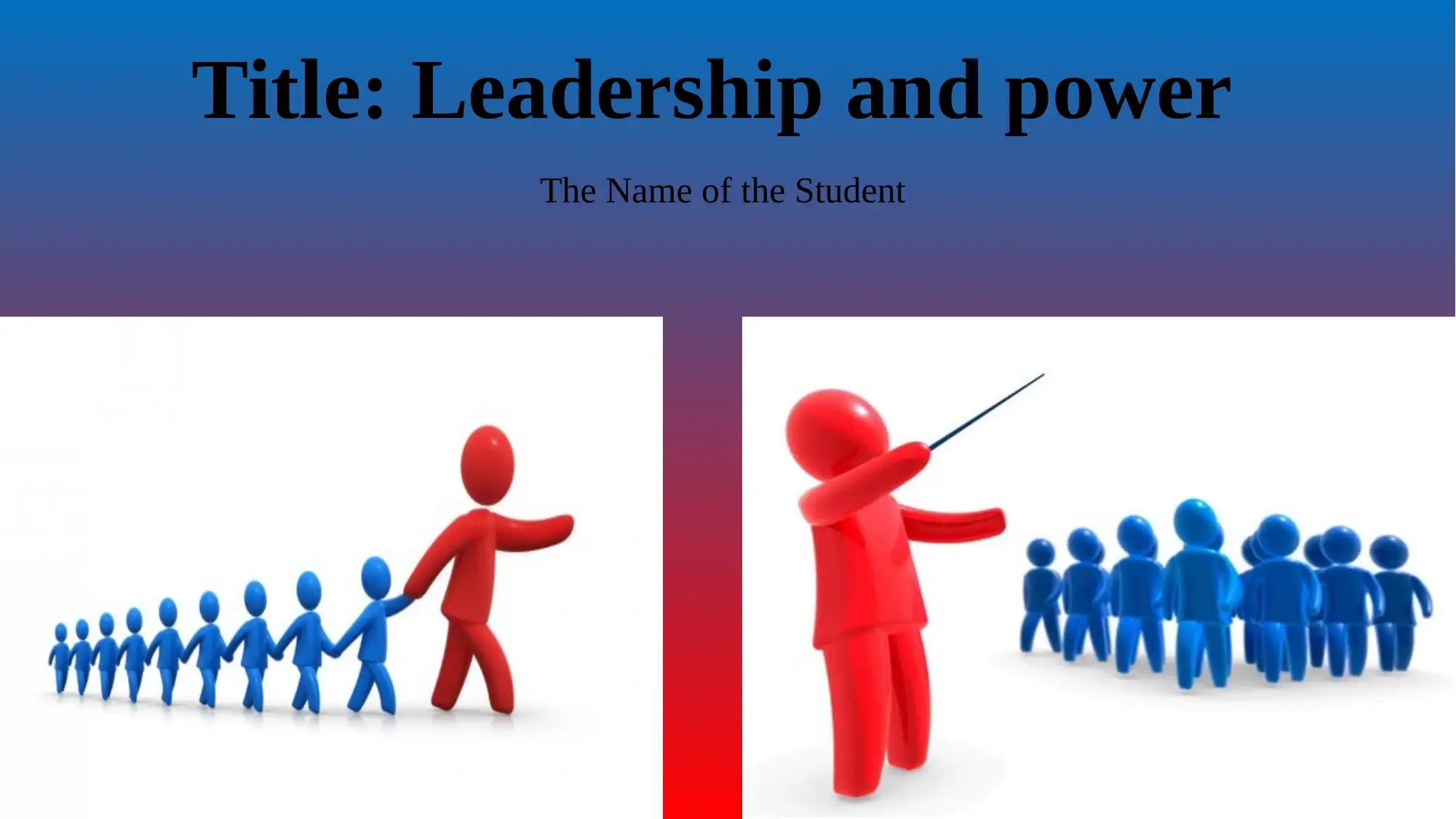
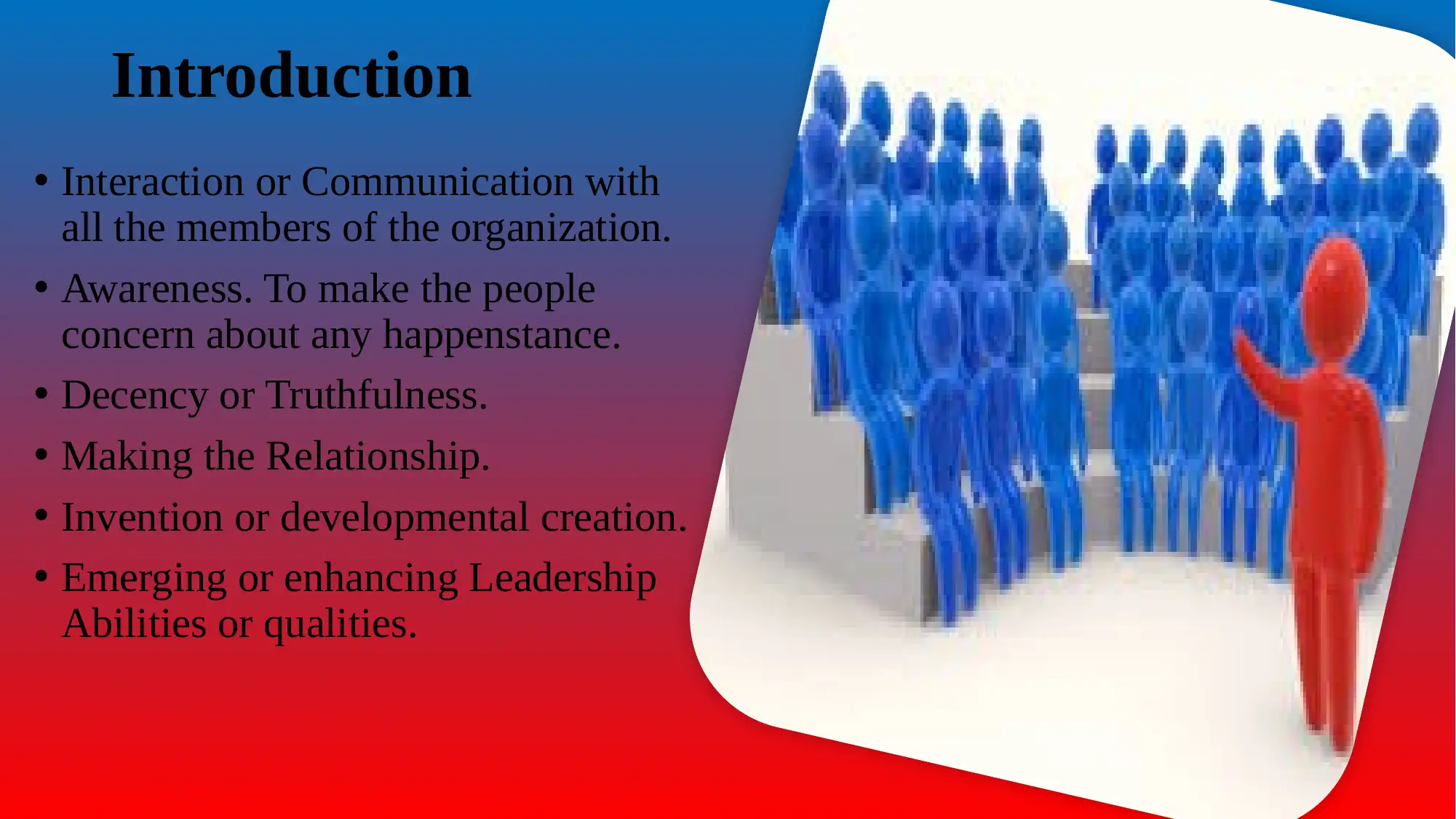
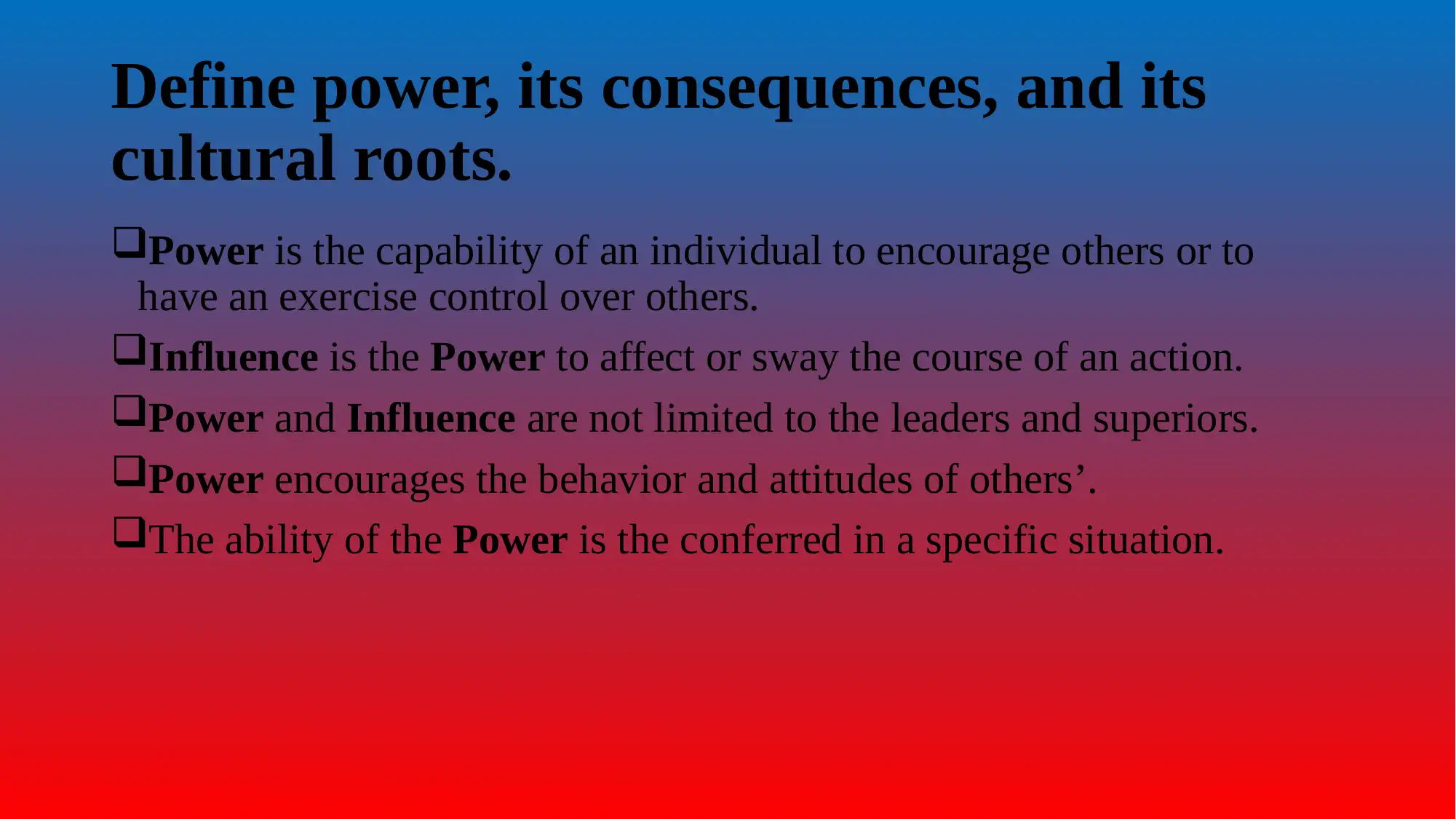

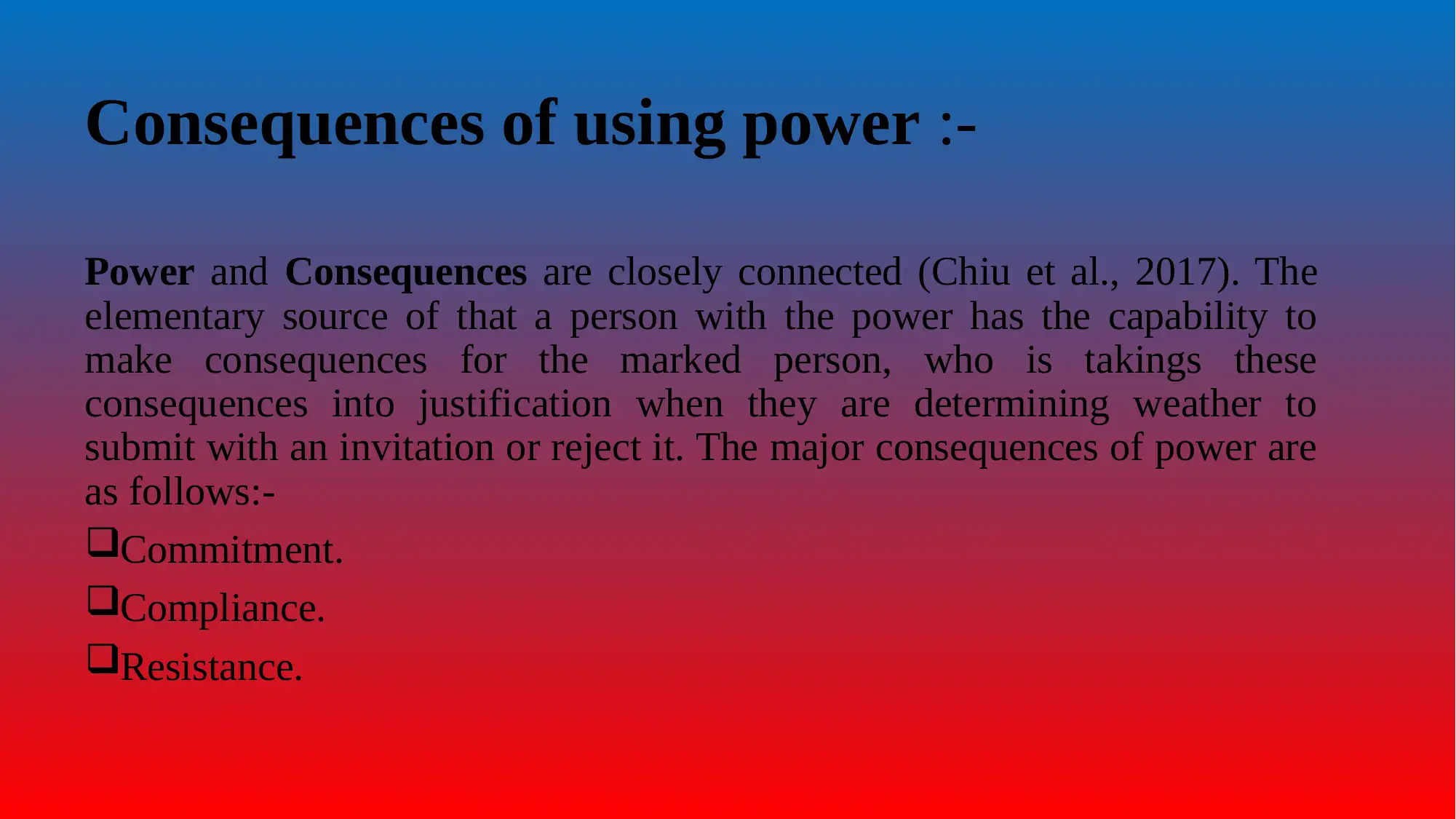
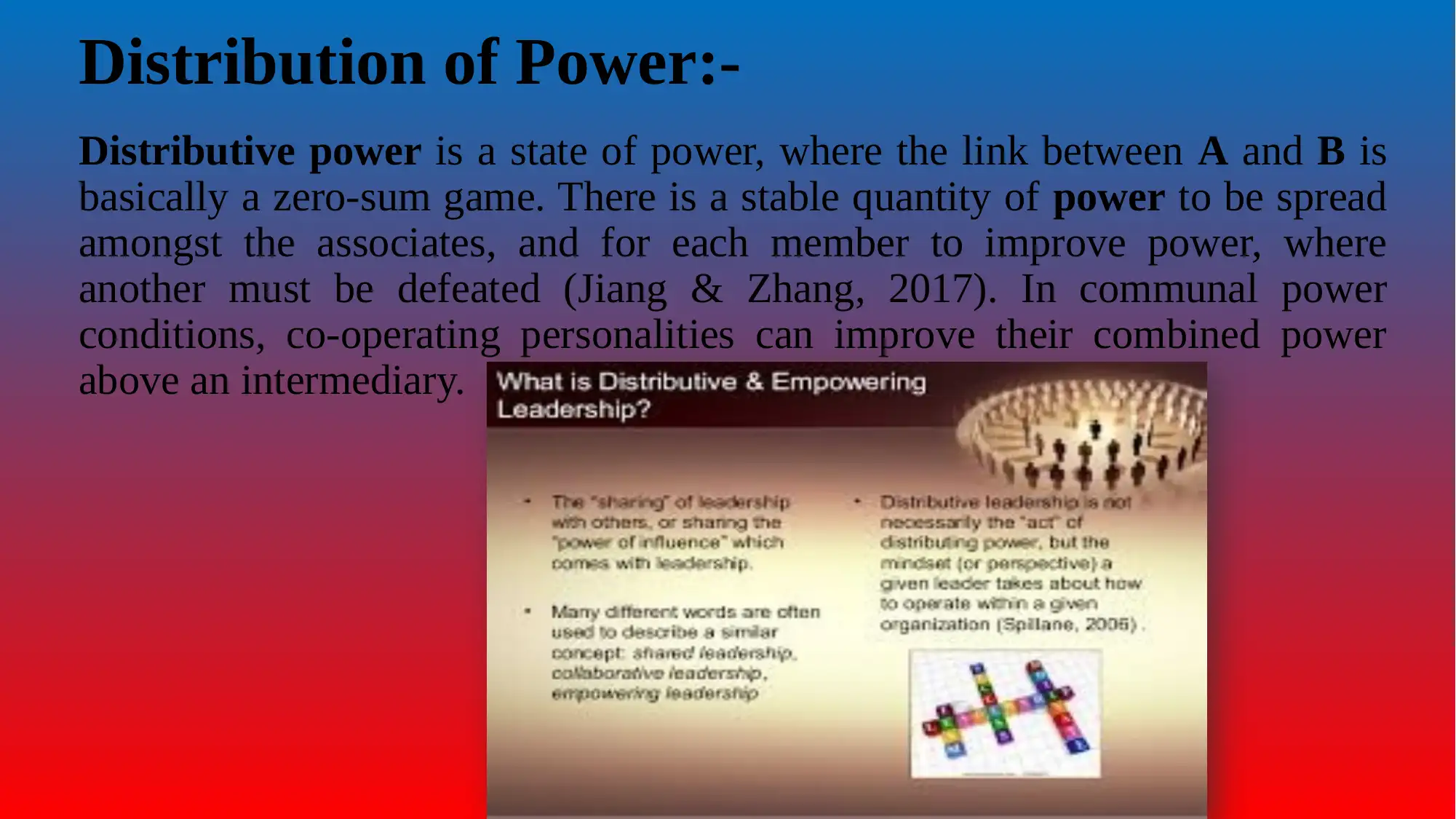
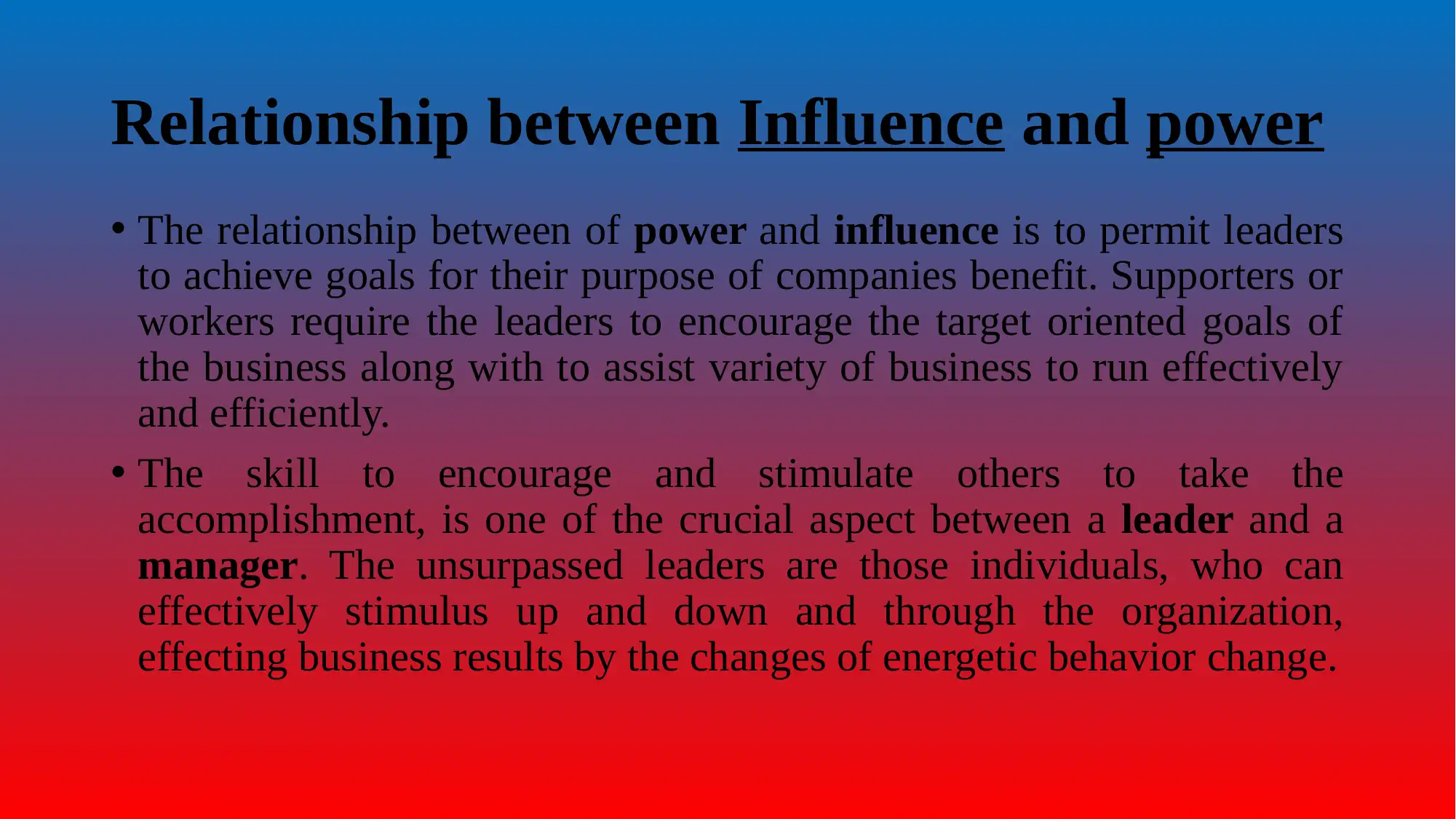
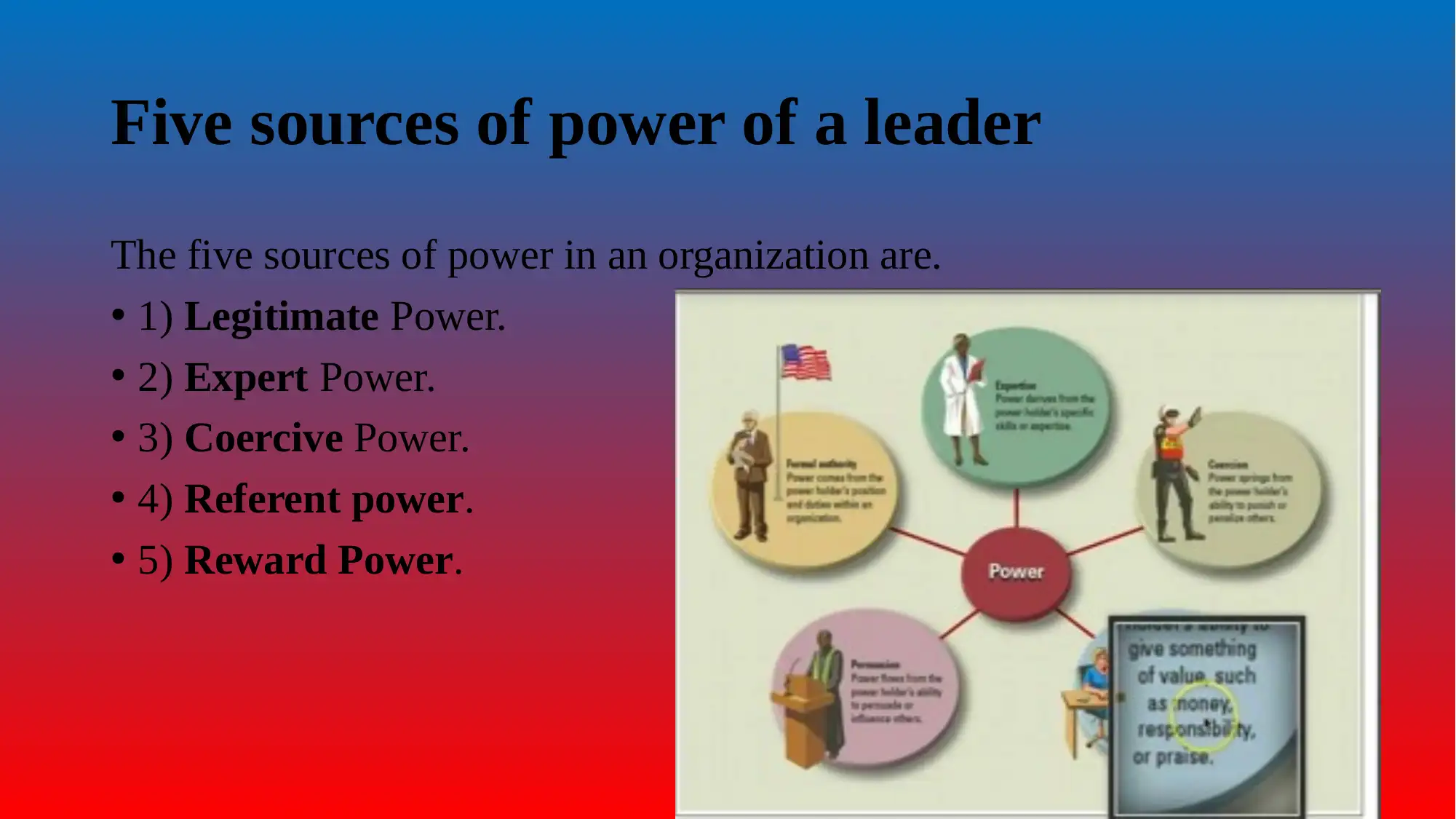
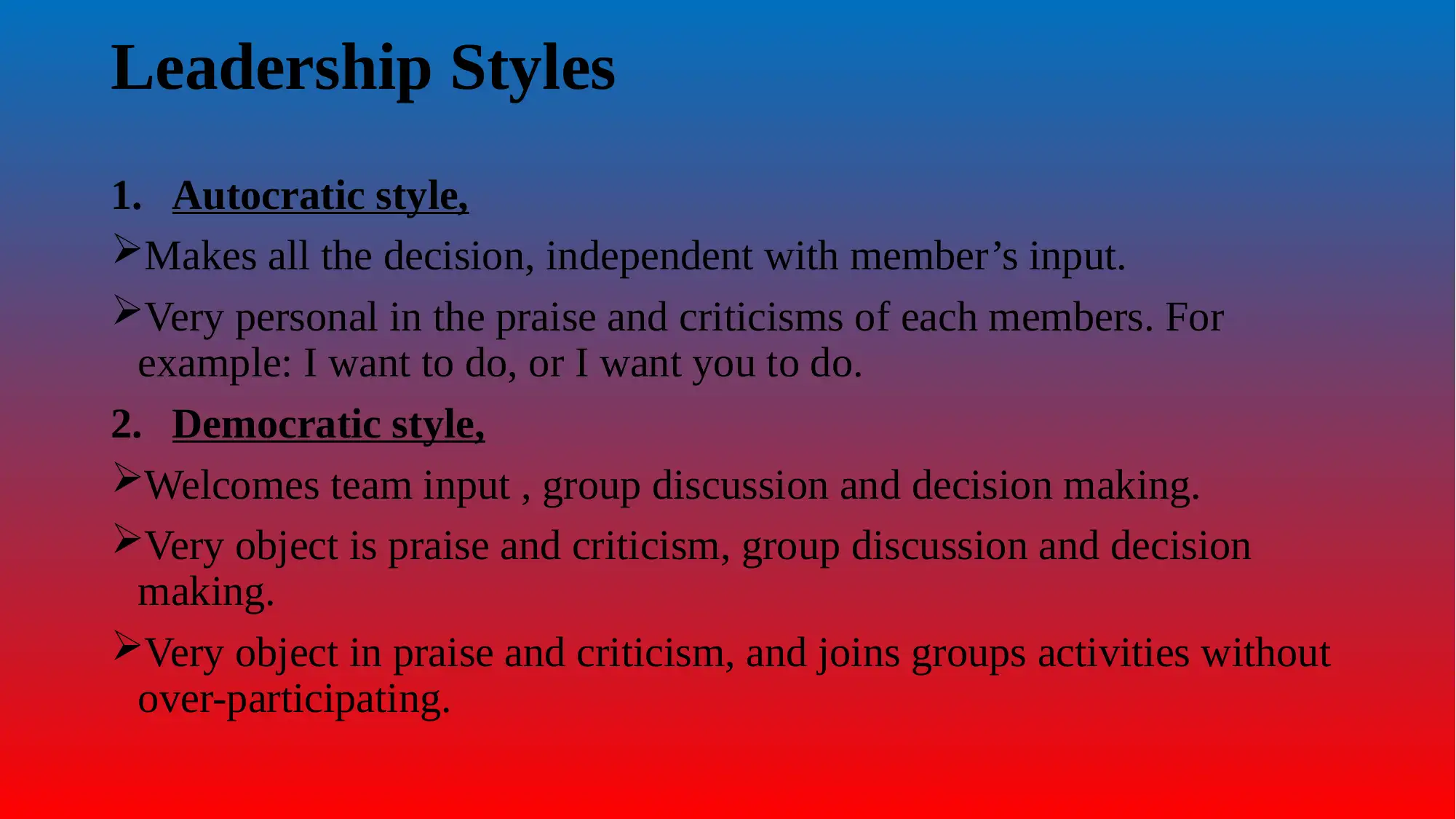
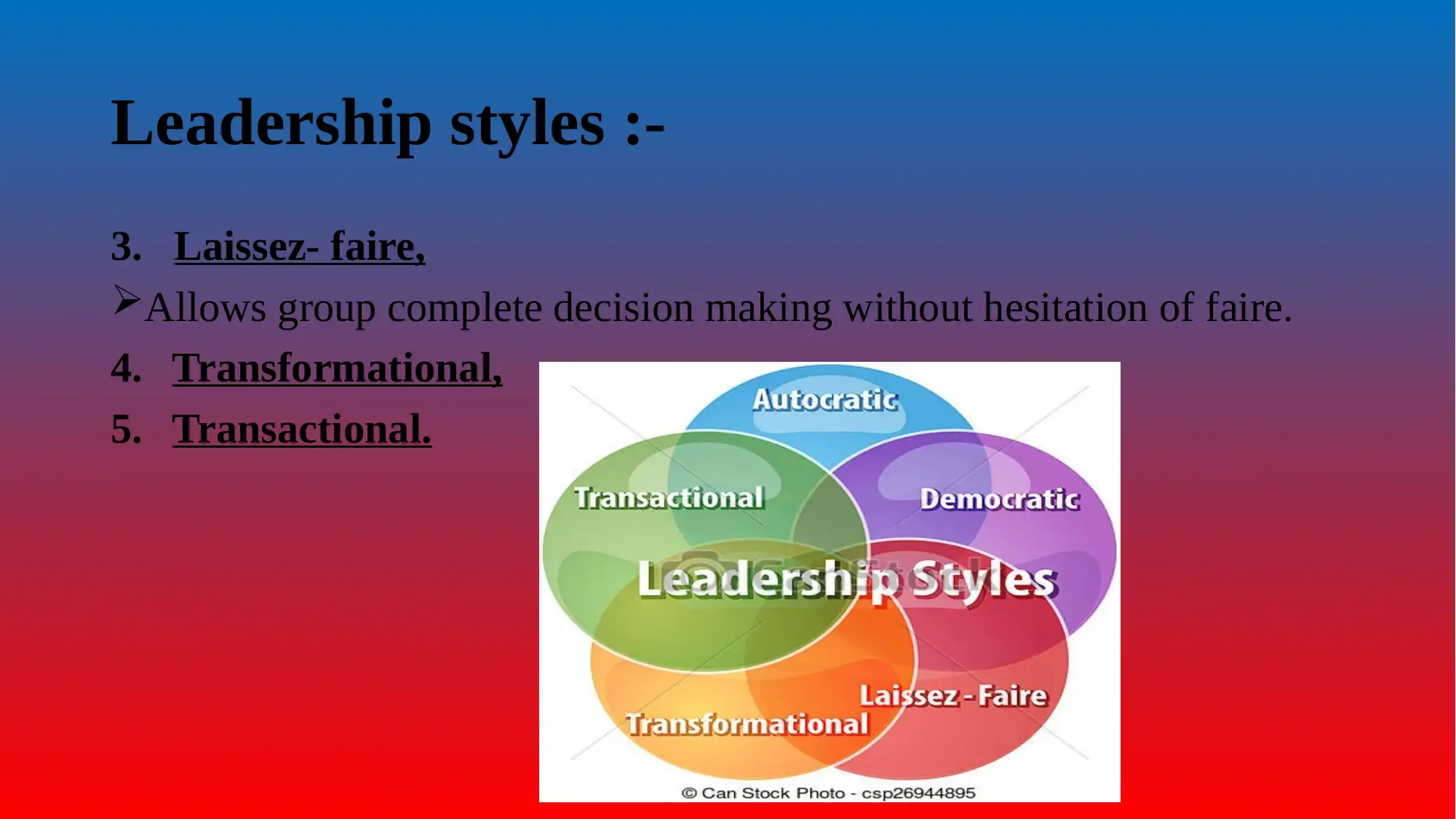
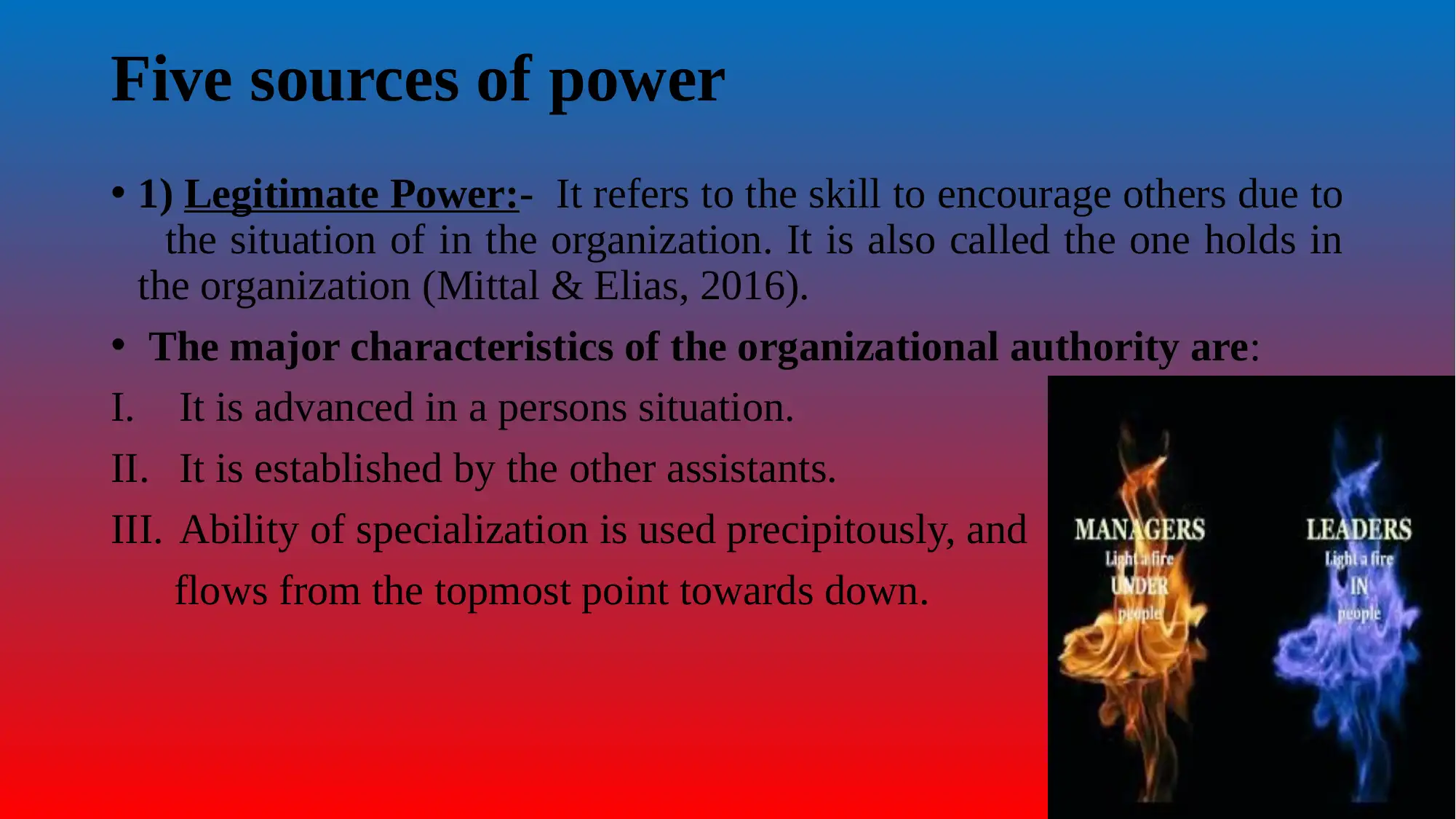
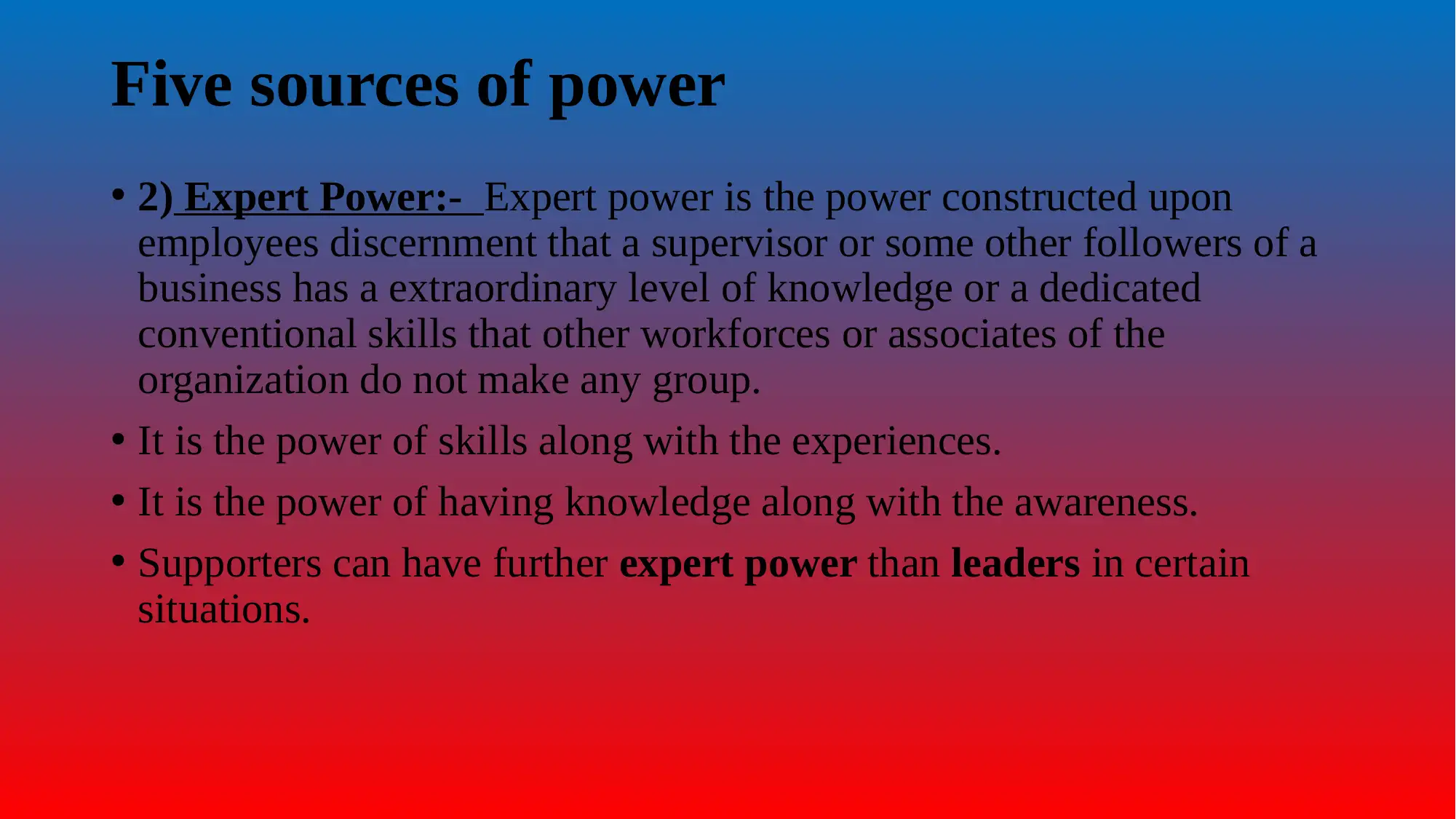
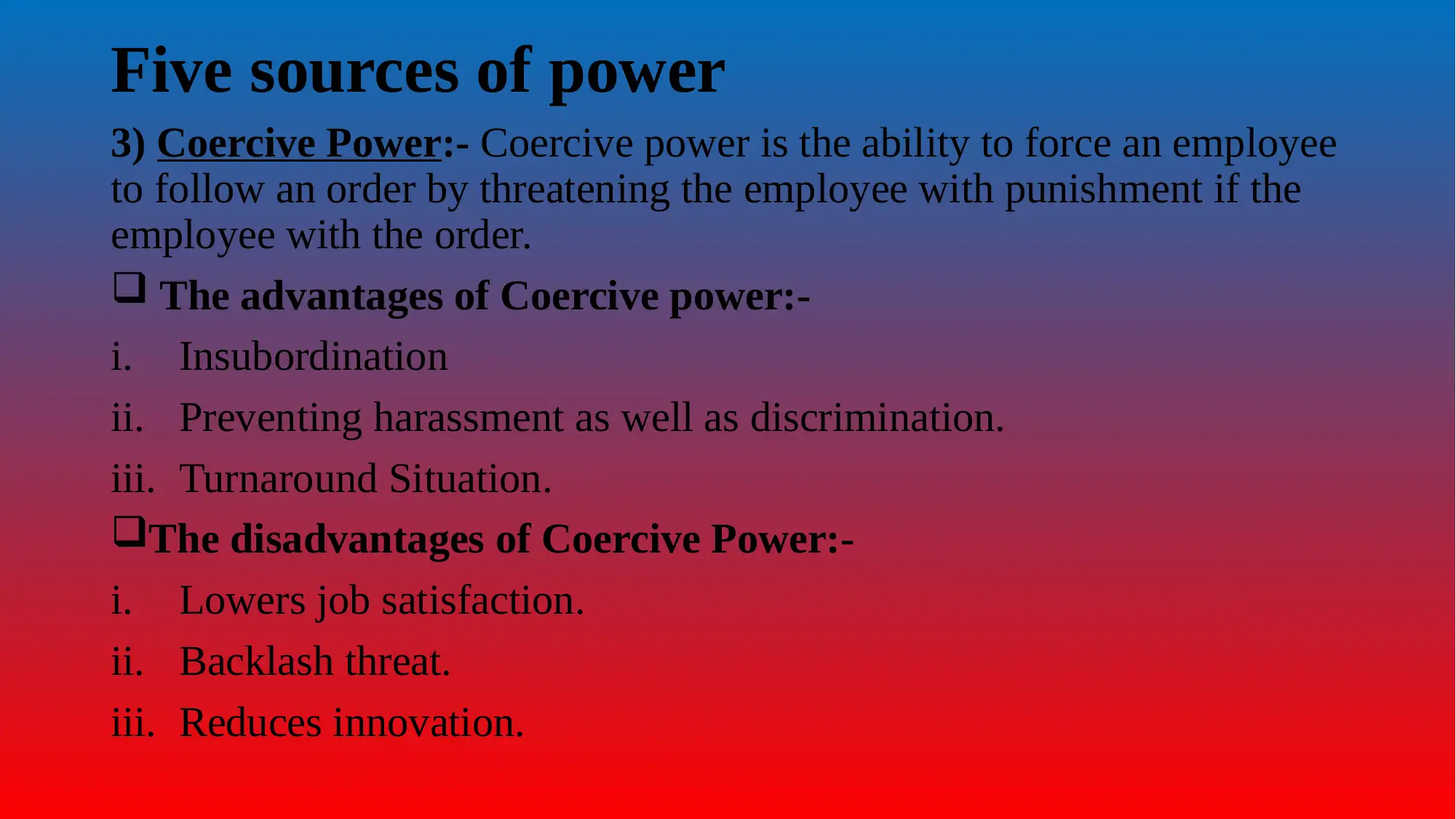




![[object Object]](/_next/static/media/star-bottom.7253800d.svg)